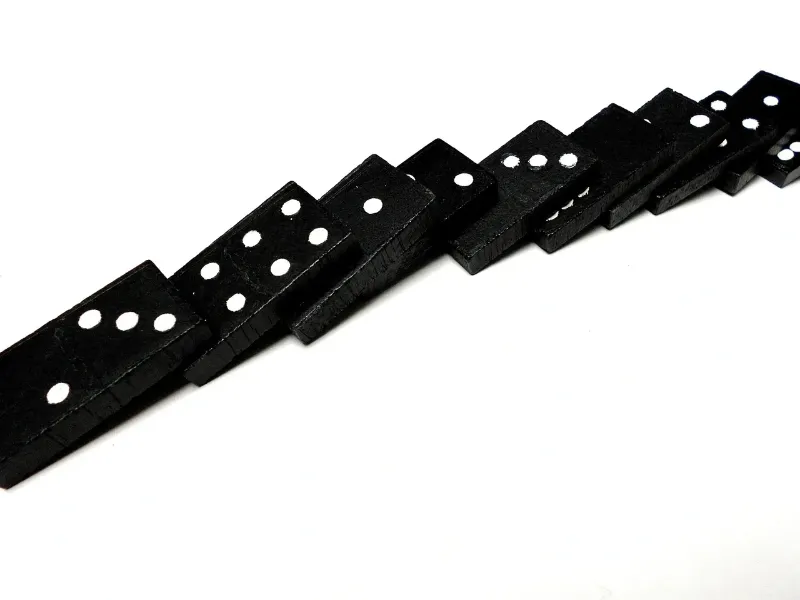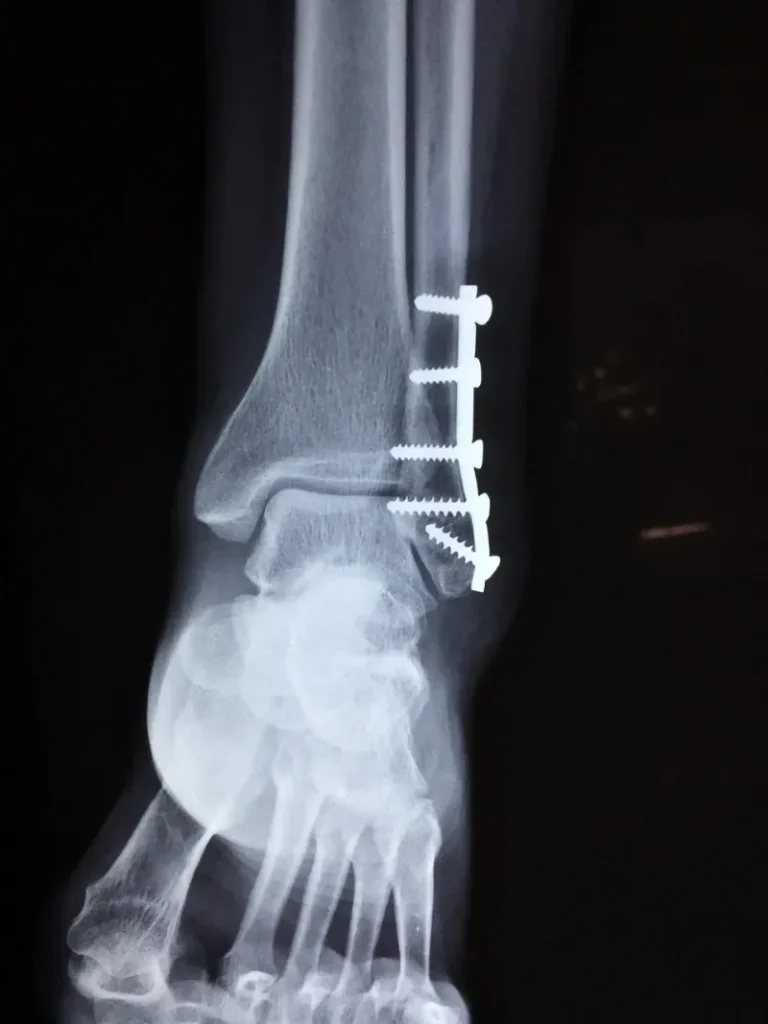How do you prove a negligence claim? There are four different elements to the negligence claim that fall into two different categories. The first three elements go to liability or responsibility, whereas the last element is a category of its own, damages. These two categories are the things that adjusters and attorneys typically fight over. You cannot just have one or the other, to be successful in a negligence claim, you must be able to prove BOTH liability and damages.
1. Definition

We look to two cases and the Texas Pattern Jury Charge (20801, Inc. v. Parker, 249 S.W.3d 392, 398 (Tex. 2008); Thompson v. Gibson, 298 S.W.2d 97, 105 (Tex. 1957); see also State Bar of Texas, Texas Pattern Jury Charges PJC 2.1), for the definition of negligence. Negligence is the failure to do that which a person of ordinary prudence would have done under the same or similar circumstances or doing that which a person of ordinary prudence would not have done under the same or similar circumstances. To prove liability, in a negligence claim, the injured party must prove that the person who injured them, acted differently than an ordinarily prudent person exercising ordinary care would have done under the same or similar circumstances, or, that the person who caused the injuries failed to do that which an ordinarily prudent person in the exercise of ordinary care would have done. Sisters of Charity of the Incarnate Word v. Gobert, 992 S.W.2d 25, 28 (Tex. App.–Houston [1st Dist.] 1997, no pet.). “Ordinary care” means that degree of care that would be used by a person of ordinary prudence under the same or similar circumstances. See State Bar of Texas, Texas Pattern Jury Charges PJC 2.1. Clear as mud, right? To put it simply, the injured party must prove that the person who injured them did not act as the average Joe, and this choice not to act as the average Joe resulted in their injuries. Example, the average Joe would not choose to drive 100 miles per hour, on a residential road, causing him to be unable to stop and avoid crashing into you.
2. Duty Owed

The first question you need to answer is if the person that injured you owed you any kind of duty. When I think of duty owed, the first thing that comes to mind is a man or woman in the military forces. They are sworn to protect and serve; this is a duty. If you were in a car wreck, did the other driver owe you a duty to drive as a reasonably prudent person would in the same or similar circumstances? If you were injured because of a dangerous condition on a property, did the property owner owe you a duty to warn you of that dangerous condition? If you were injured in a motorcycle wreck, did the person that caused your wreck owe you a duty to obey the traffic laws? These are examples where a duty was owed.
3. Breach of Duty Owed

The second question you need to answer, in proving if someone was negligent after you have determined they owed you a duty, is did they breach that duty that they owed you? What does it mean to breach a duty? It means that the person who injured you failed to do something they were legally required to do. If you were in a car wreck, did the other driver owe you a duty to drive as a reasonably prudent person would in the same or similar circumstances and fail to uphold that duty? If you were injured because of a dangerous condition on a property, did the property owner owe you a duty to warn you of that dangerous condition and fail to warn you? If you were injured in a motorcycle wreck, did the person that caused your wreck owe you a duty to obey the traffic laws and fail to obey those laws, when he failed to stop at the stop sign? These are examples where a duty was breached.
4. Cause of Damages (Actual and Proximate)

Causation is pretty simple! You need to ask if the breach of duty caused your injuries. If you were in a car wreck, did the other driver’s failure to drive as a reasonably prudent person would in the same or similar circumstances cause your injuries? If you were injured because of a dangerous condition on a property, did the property owner’s failure to warn you of that dangerous condition cause your injuries? If you were injured in a motorcycle wreck, did the person who caused your wreck’s failure to stop at the stop sign cause your injuries? These are examples of actual cause.
Proximate cause is a little bit trickier and a little bit more technical, but the simplest way to put is that you need to ask if your injuries were a “reasonably foreseeable” result of the breach of the duty owed. If you were in a car wreck and you suffered a chest contusion, from the exploding airbag, would that injury be a reasonably foreseeable result of the impact? If you tripped over an invisible parking stop, that you could not see because it was painted black, the same color as the parking lot, and you broke your shoulder, would a broken shoulder be a foreseeable injury, in this situation? If you broke your arm, in a motorcycle wreck, because the other driver failed to stop at the stop sign, would the broken arm be a reasonably foreseeable injury? These are examples of proximate cause.
5. Damages

Once you overcome the hurdles of proving duty owed, breach of duty, and causation, the last question you have to answer is “Were you damaged or injured”? Sometimes, a person can prove the first three elements of negligence but have no proof of their damages, because there were no actual damages. If there are actual damages, some things that you can use to prove those damages include medical records, medical bills, photographs of your injuries, photographs of your scarring, videos of your life before you were injured, and videos of your life after you were injured. You can also give your testimony, testimony of your doctors, testimony from your friends and family, testimony from co-workers, testimony from the church family, basically anyone who can explain to the adjuster or jury, how your life was affected, after your injury. If you suffer emotional trauma, you could present records or testimony from your therapist or counselor. You also need to present evidence of lost wages or loss of income (if those were damages from which you suffered), which could include past pay stubs, off-work orders, by your doctors, or a wage loss verification, completed by your employer. These types of evidence are all things that you should discuss with your personal injury attorney, immediately following your injury.
Proving a negligence claim can be very difficult and stressful. With the right personal injury attorney, with the right experience, in your corner, it can be MUCH less difficult and MUCH less stressful.
Stay safe!

